Sofa Buying Guide: Your Ideal Comfort Features
Every sofa looks inviting in a showroom, but true comfort goes far beyond fabric swatches and frame styles. In this installment of our Sofa Buying Guide series, we’ll demystify the features that govern how a sofa feels—from the way cushions cradle your body to the precise seat depth that keeps you cozy without losing support. By the end, you’ll know exactly which comfort elements matter most for your lifestyle, body type and space so you can shop with confidence.
Back Height and Cushion Style Make a Difference
Backrest height and cushion design are the first elements to shape your seating comfort: the height determines whether your neck and head receive proper support during lounging, while the style and fill of the cushions dictate lumbar support, firmness and the overall feel.
- High Backrests: Extend above shoulder level to cradle your neck and head. Great for reading, watching TV or kicking back with a throw pillow.
- Low Backrests: Stop at or below shoulder height, creating a sleek, modern silhouette with less upper-body support—best suited to contemporary living rooms or gathering spaces.
Sofa Cushion Styles
Loose Back Cushions
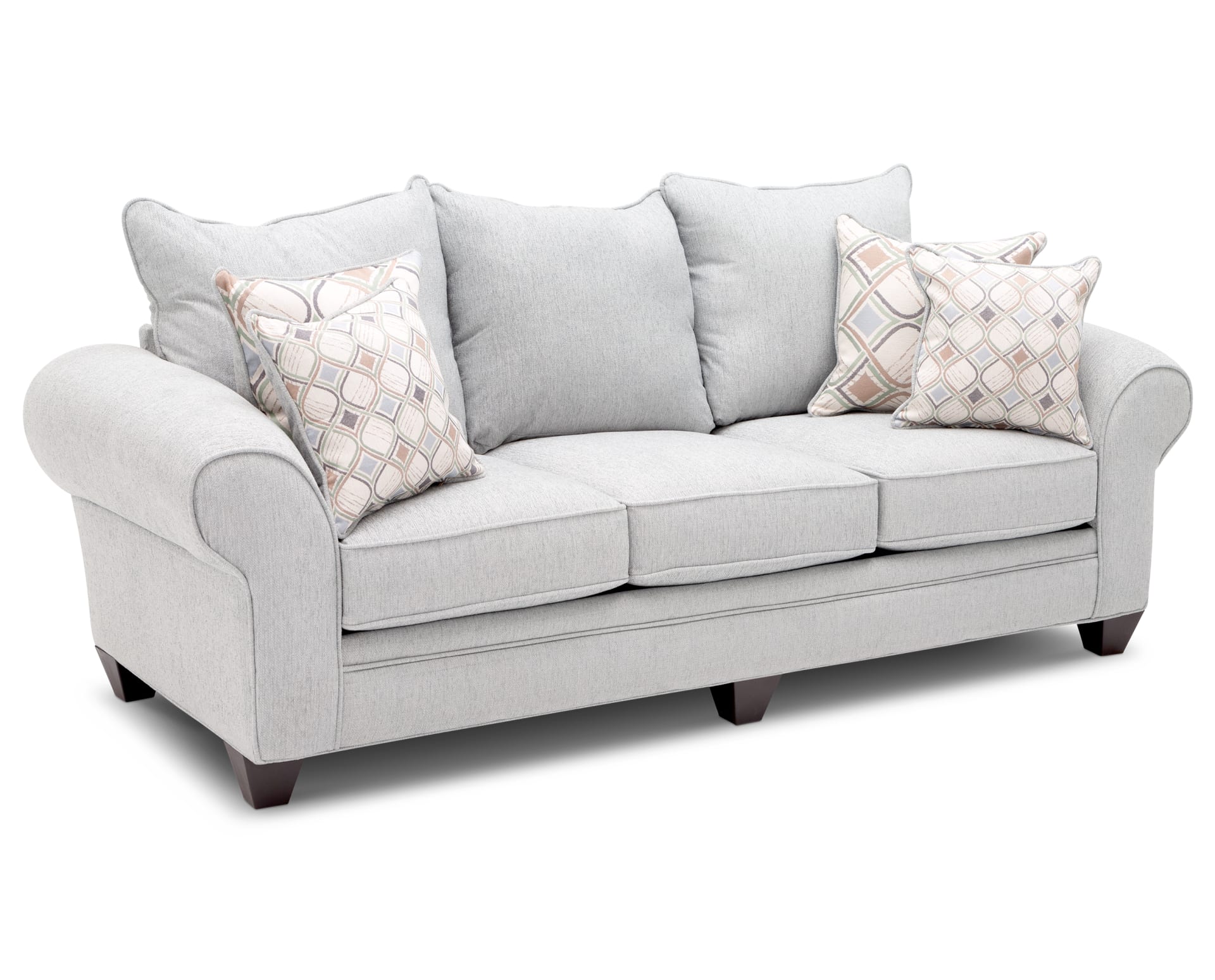
Loose back sofas feature large, removable cushions for a plush, enveloping feel, though support may vary and occasional fluffing is required.
Attached Back Cushions
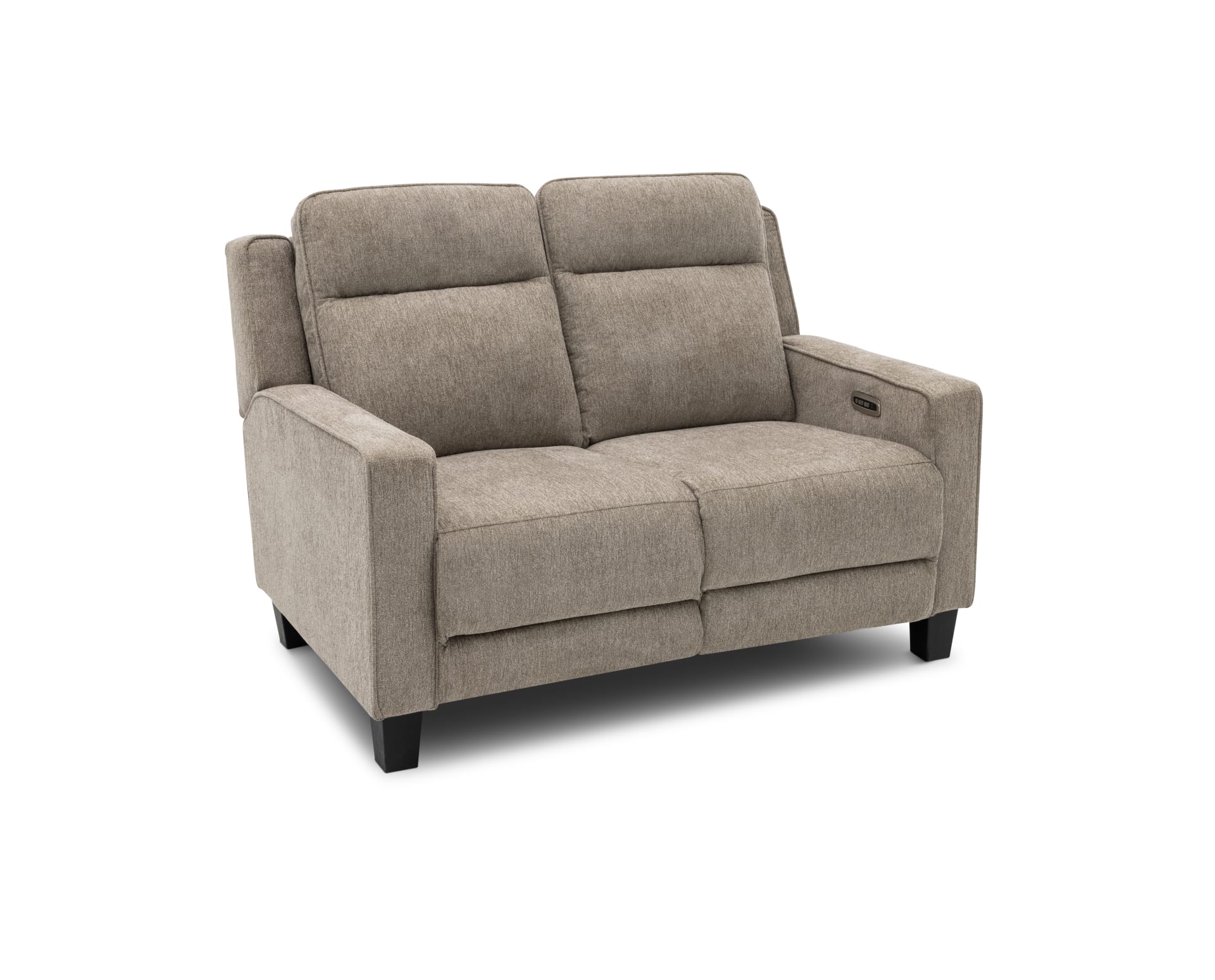
Attached back sofas include fitted back cushions that stay in place but still allow some give, offering a balance of support and comfort.
Tight Back Cushions
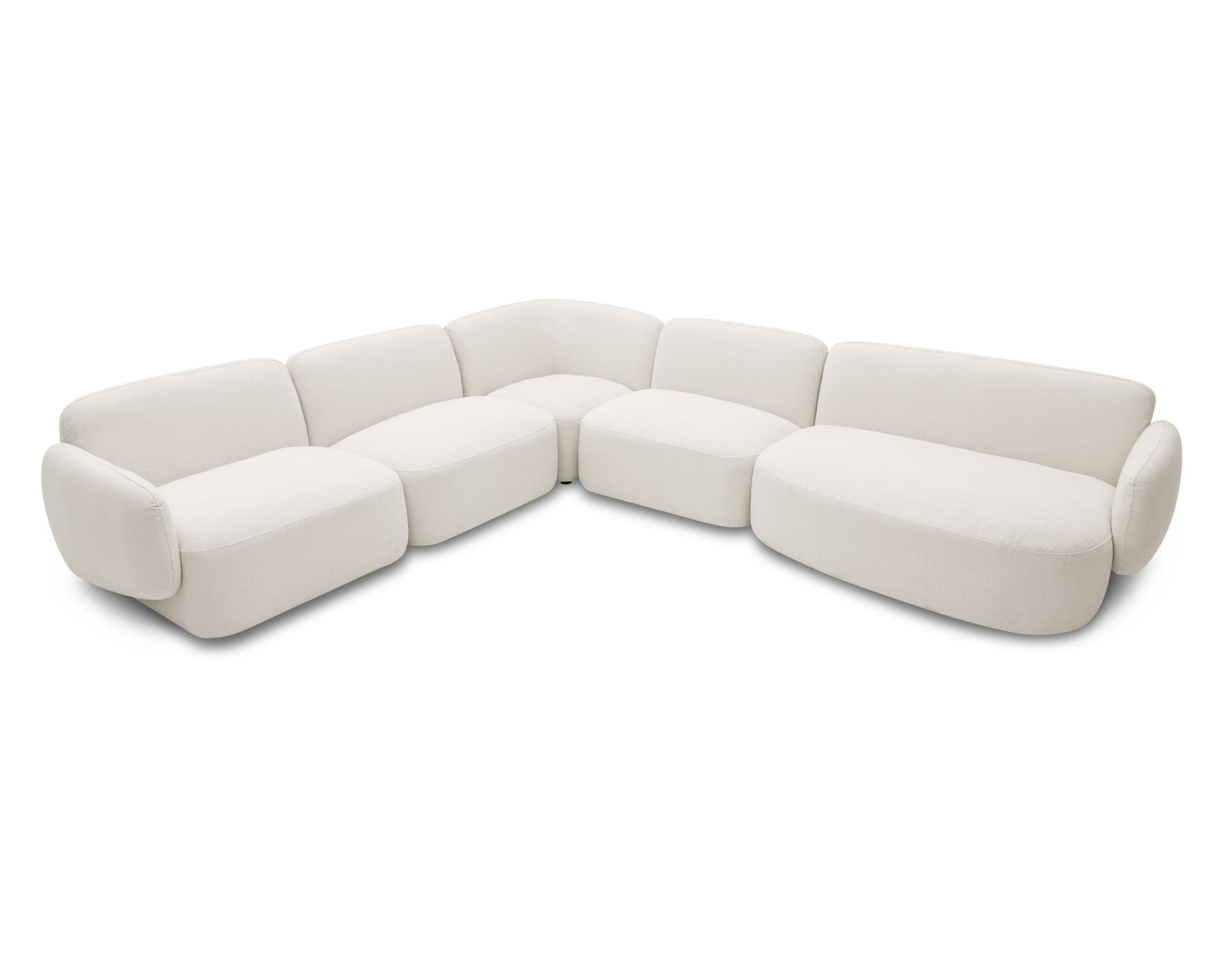
With tight back sofas, upholstery fabric is stretched over a fixed frame without removable pillows, providing even support and a firmer feel with minimal maintenance.
Cushion Softness vs. Firmness
Before you sink into a seat, it helps to understand what gives a cushion its give. The balance of softness and support comes down to the materials inside—and each fill type offers a distinct seating experience.
Blown Fiber Cushions
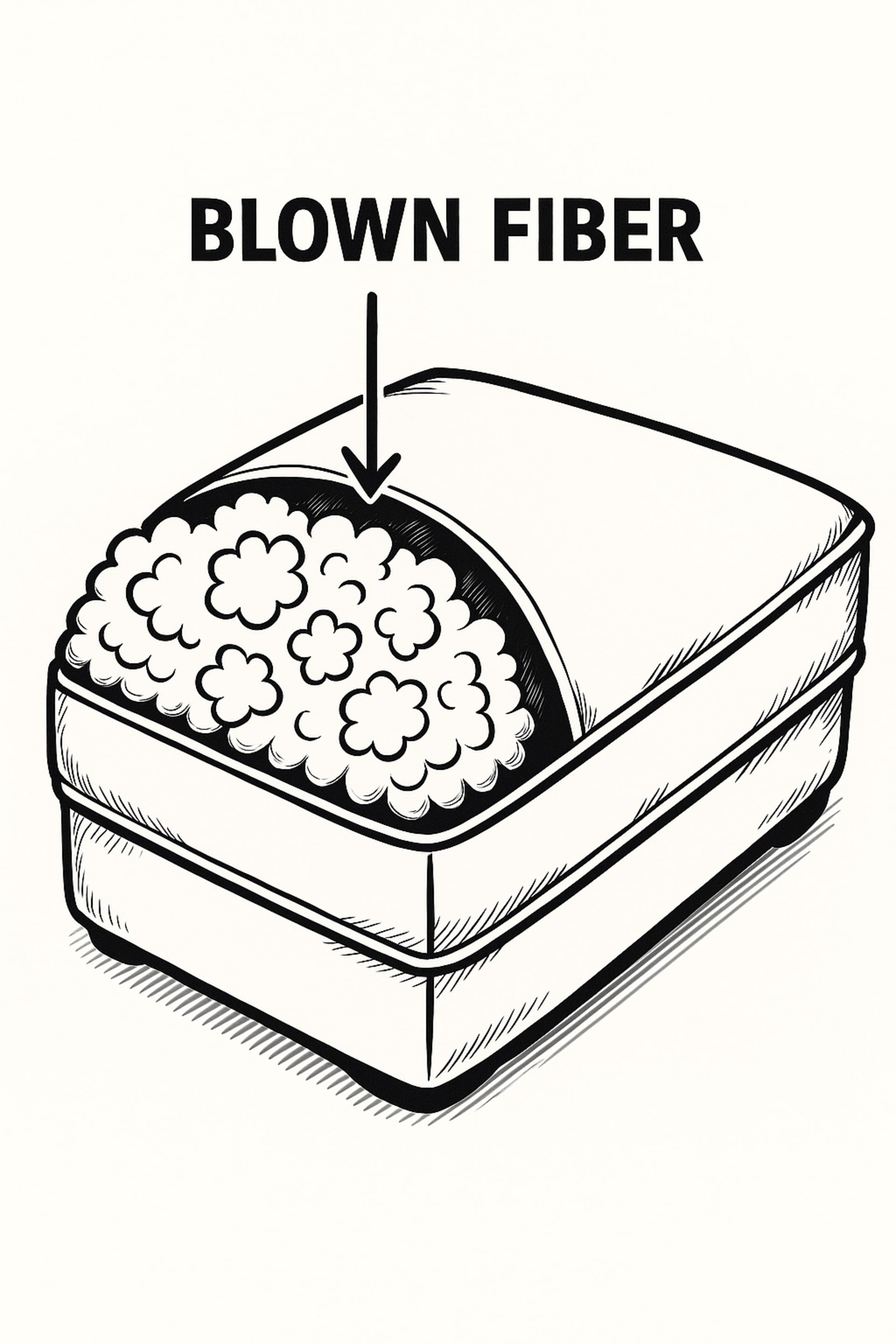
Made by literally blowing polyester fibers into a cushion shell, blown fiber cushions offers a super-soft, pillowy feel. These are the most budget-friendly option, but the fiber can compress within a few years without regular fluffing.
- Today, many cushions feature a blend of fibers and feathers, which deliver a pillowy-feel with added resilience.
High Density Foam Cushions
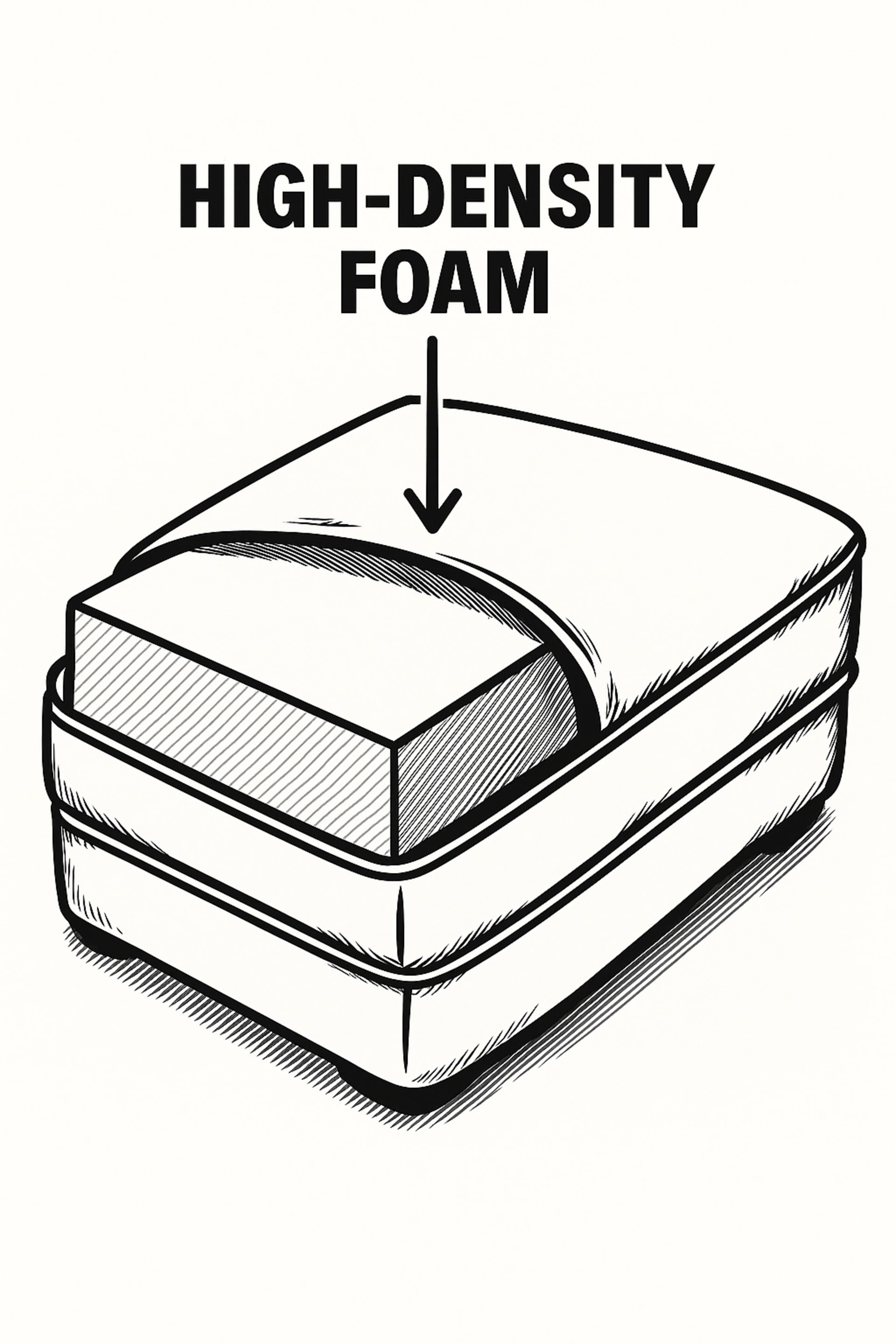
High-density foam cushions have a medium or firm feel compared to blown fiber cushions, and they return to their original shape after use, offering even support at a moderate price point. They also typically hold up for at least 5 years—even with families.
- For added plushness, some high-density foam cushions are wrapped in Dacron, a fibrous synthetic material that's light and airy.
Individually-Wrapped Coil Cushions
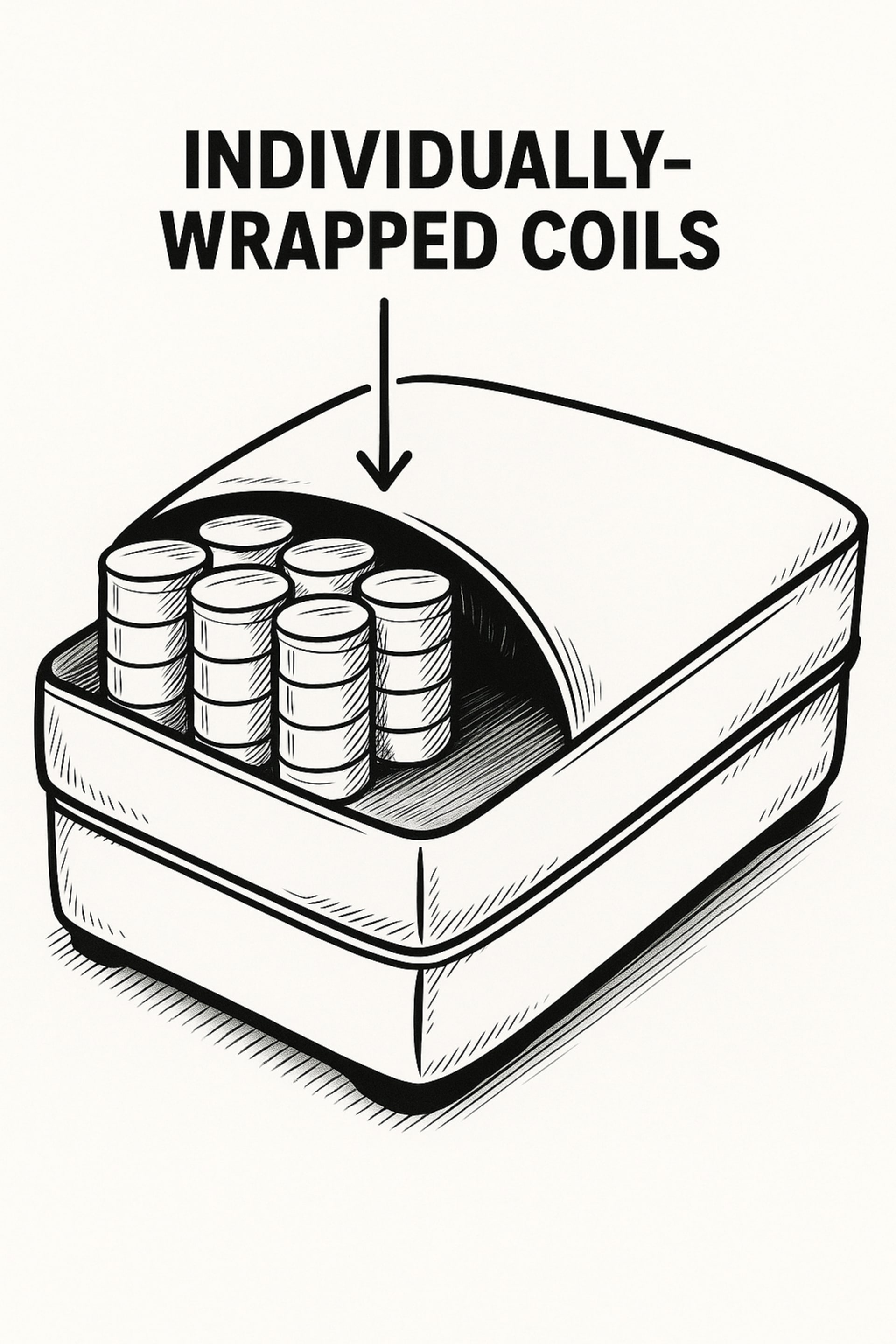
Cushions with individually-wrapped coils feature small coils in fabric sleeves, which can move independently to conform to your body. These cushions cost more upfront but deliver personalized support and a lifespan of 5–8 years.
- Today, many cushions feature micro coils, a miniaturized coil support system that reduces bulk.
Finding Your Perfect Seat Depth
Seat depth determines how you settle into your sofa and affects everything from posture to room scale.
- Shallow Seats (20–22 inches)
- Encourage upright seating with feet flat on the floor. Ideal for formal living rooms and those with petite frames.
- Standard Depth (21–24 inches)
- Strikes a balance that accommodates most body types—sit upright comfortably or add a toss pillow to lounge back.
- Deep Seats (23 inches and above)
- Invite full-on lounging, with room to tuck up your legs or curl into a book. Perfect in family rooms or media centers but can feel cavernous in compact spaces.
Comfortable Upholstery Fabrics
Fabric choice influences tactile comfort, temperature regulation, and maintenance. Here's some quick info on some top upholstery fabrics you're likely to consider:
- Leather: Smooth, cool-to-the-touch at first, then warms with your body heat. Highly durable and easy to clean.
- Velvet: Soft and luxurious, with a cozy hand feel; may require more frequent maintenance to prevent crushing.
- Microfiber and Performance Fabrics: Engineered for spill resistance, with a breathable, velvety feel that stands up to pets and kids.
- Natural Fibers (Cotton, Linen): Light, breezy and perfect for warm climates, though more prone to wrinkles and stains.

The Sit Test
Before you finalize your purchase, spend at least five minutes really living in each seat. Treat it like your own sofa at home—testing for comfort, support and durability across multiple positions.
1. Check posture and depth
Sit upright with your feet flat on the floor and knees at about 90°. Your thighs should be fully supported without the edge of the seat digging in. If you plan to curl up or lounge, slide back until your lower back rests against the cushion and your legs tuck comfortably—this reveals if the depth suits your height and habits.
2. Assess cushion support and rebound
Press firmly into the center of each seat cushion. Quality foam should spring back quickly without bottoming out or feeling hard beneath you. You shouldn’t feel the seat deck—if your hands meet under the cushion, the fill may be too thin or soft.
3. Test spring and suspension
Gently bounce in place and shift around. A well-built suspension (sinuous springs or eight-way hand-tied coils) gives even resistance with no sag or squeaks. Listen for noise and feel for consistency across the seating surface.
4. Evaluate armrests and frame stability
Lean into each arm to check height and firmness. Ideal arm height lets your elbows rest at a natural 90° without shrugging shoulders. Then give the sofa a gentle shake—any creaks or wobble can signal weak joints or loose construction.
5. Operate any moving parts
If you’re looking at a recliner, sleeper or power-recline sectional, cycle the mechanism several times. It should glide smoothly with minimal effort and hold each position securely.
6. Simulate real life use
Sit, lounge back, curl up, even lie down as you would at home. Stand up and sit down repeatedly to gauge how easily you can rise—excessive sink can make standing a struggle.
7. Ask your questions
While you test, engage the salesperson. Inquire about cushion fill, frame construction, spring type, upholstery care and warranty. The more you learn, the more confident you’ll feel in your final pick.
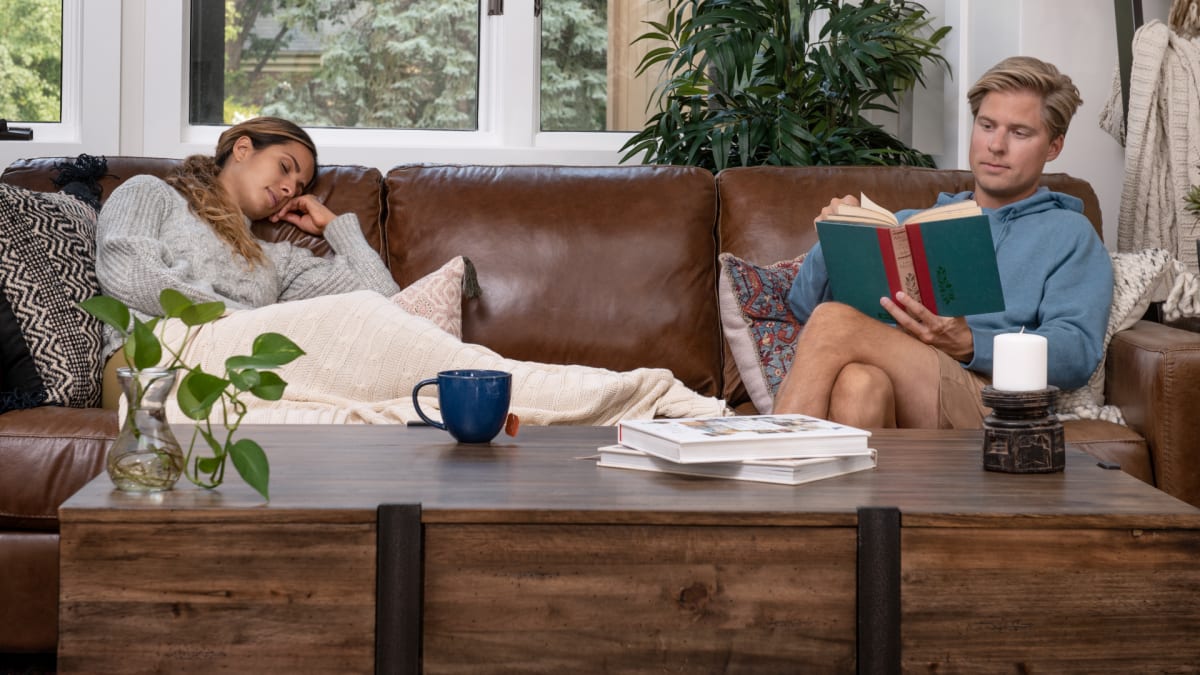
Final Thoughts
Finding the perfect sofa is part science—measuring depths, testing foams and assessing frames—and part art, matching your lifestyle and lounging style. Now that you know what to try, head to your nearest Furniture Row showroom, settle in, and discover the sofa that feels like home.
Other Sofa Buying Guides
- Sofa Buying Guide: Sofas and Sectionals 101
- Sofa Buying Guide: Sofa Styles (Coming Soon!)